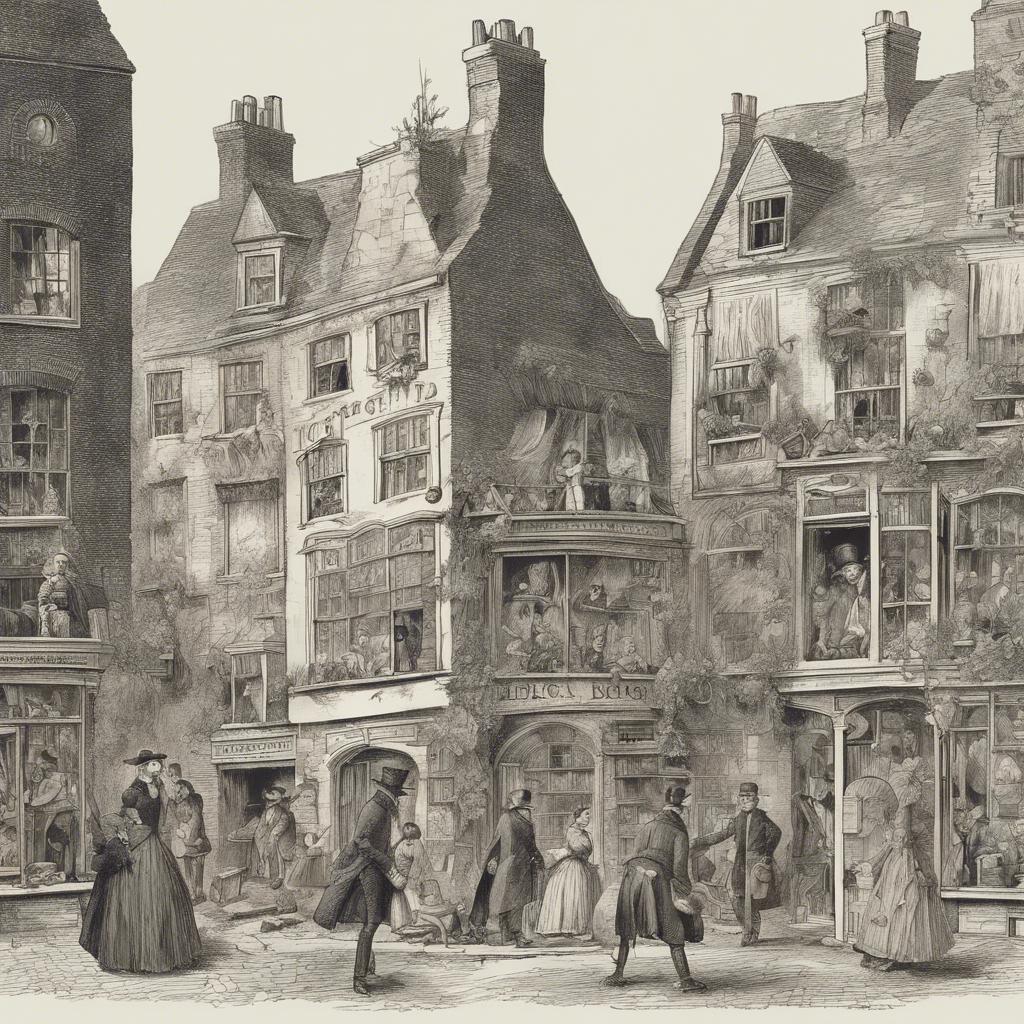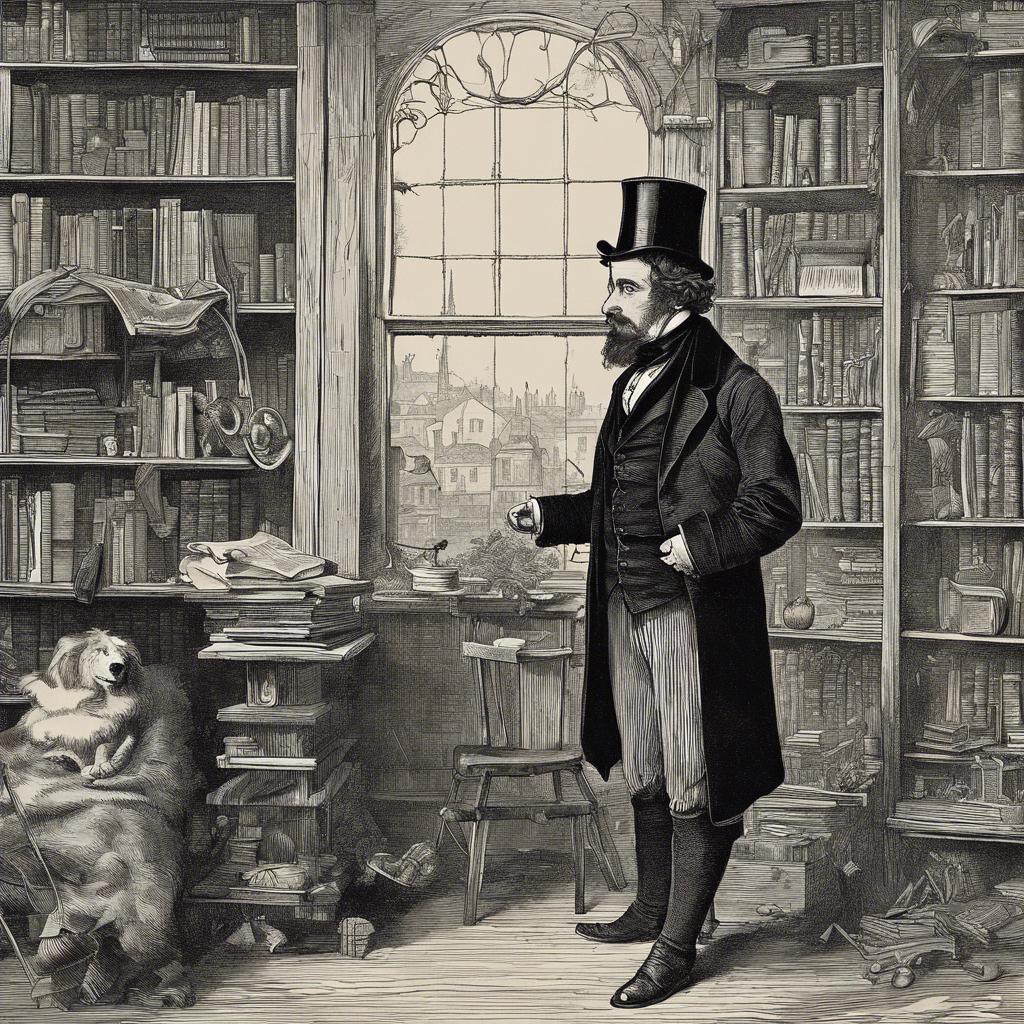During the turbulent period of the Victorian era, Charles Dickens emerged as a prolific writer whose novels captured the social injustices and complexities of the time. One of his lesser-known works, “Little Dorrit,” sheds light on the harsh realities of poverty and debtor’s prisons in 19th century London. In this article, we will delve into the historical context surrounding Dickens’ “Little Dorrit” and examine how the novel reflects the societal issues of the era.
Step Into the World of Cheryl Bolen
Dive into the enchanting stories of love, intrigue, and elegance set in the Regency Era. Cheryl Bolen's novels offer timeless romance and captivating tales that will leave you wanting more.
Explore Cheryl Bolen's Books Now
Introduction to Dickens Little Dorrit
Let us delve into the intricate world of Charles Dickens’ ”Little Dorrit,” a novel set in the early 19th century that explores themes of social injustice, imprisonment, and redemption. Through the compelling narrative, Dickens paints a vivid picture of life in Victorian England, shedding light on the struggles of the lower classes and the corruption that pervaded society.
In ”Little Dorrit,” we follow the story of the titular character, Amy Dorrit, a young girl who is born and raised in Marshalsea debtors’ prison. Her selfless nature and resilience in the face of adversity make her a beloved protagonist, as she navigates the challenges of poverty and class divide. The novel also introduces a rich cast of characters, each with their own motives and struggles, adding depth and complexity to the story.
As we embark on this journey through the pages of “Little Dorrit,” we are transported back in time to a world filled with both heartache and hope. Dickens’ sharp wit and keen observations of human nature shine through in this timeless classic, inviting readers to reflect on the enduring relevance of its themes. Stay tuned as we explore the intricacies of this captivating novel and unravel its secrets.
Exploring the Themes of Dickens Little Dorrit
Within Little Dorrit, Charles Dickens masterfully weaves together various themes that explore the complexities of society, family, and class dynamics in 19th century England. One prominent theme is the pervasive presence of wealth and poverty, as seen through the stark contrast between the affluent Dorrit family and the impoverished residents of the Marshalsea debtors’ prison.
Another key theme in the novel is the idea of imprisonment, both physical and metaphorical. The characters in Little Dorrit are confined by their circumstances, whether it be the literal incarceration of debtors like Mr. Dorrit or the emotional constraints of societal expectations and obligations. Through the motif of imprisonment, Dickens highlights the restrictive nature of class distinctions and the struggle for personal freedom.
The theme of redemption is also prevalent throughout the novel, as characters like Arthur Clennam and Amy Dorrit seek to overcome their past mistakes and find forgiveness and redemption. Through their journeys, Dickens explores the power of compassion, forgiveness, and love to transcend societal barriers and bring about personal growth and transformation.
Analyzing the Characters in Dickens Little Dorrit
In Charles Dickens’ novel Little Dorrit, the characters are richly developed and add depth to the story. Let’s delve into the analysis of some key characters:
Amy Dorrit (Little Dorrit)
Amy Dorrit, affectionately known as Little Dorrit, is the novel’s protagonist. She is a gentle and compassionate young woman who cares for her family despite their financial struggles. Little Dorrit embodies selflessness and resilience, enduring hardships with grace and humility.
Arthur Clennam
Arthur Clennam is a complex character who undergoes a transformation throughout the novel. Initially rigid and disillusioned, he evolves into a kind-hearted and altruistic individual. Clennam’s journey is intertwined with Little Dorrit’s, and their relationship serves as a central theme in the story.
Recommendations for Reading Dickens Little Dorrit
In order to fully appreciate the masterpiece that is Charles Dickens’ Little Dorrit, it is essential to immerse oneself in the intricate world he has created. Here are some recommendations to enhance your reading experience:
- Read up on the historical context of Victorian London to better understand the social issues that Dickens explores in the novel.
- Take your time with the novel and savor each chapter, as Dickens’ rich descriptions and dynamic characters deserve careful consideration.
- Consider joining a book club or online discussion group to engage with others and gain new perspectives on the text.
By following these recommendations, you will be able to delve deeper into the world of Little Dorrit and appreciate the brilliance of Dickens’ storytelling even more.
The Conclusion
Charles Dickens’ novel “Little Dorrit” stands as a timeless masterpiece, shedding light on the social injustices and inequalities prevalent in Victorian England. Through the poignant portrayal of the titular character and her journey towards self-discovery and liberation, Dickens offers a profound commentary on the power dynamics of wealth and poverty. “Little Dorrit” serves as a poignant reminder of the enduring themes of resilience, redemption, and compassion that continue to resonate with readers today. As we reflect on the lasting impact of this literary classic, let us carry forward the lessons learned from its pages to strive for a more just and equitable society for all.


